The character I was attracted to the idea of doing an act based on the goddess Ishtar, as Theda Bara might have played her. Ishtar was the Babylonian/Assyrian goddess of love, the night, fertility, sexuality, and war, but who had a tendency to destroy her lovers. This was the perfect vamp character – exotic, seductive and destructive.
The costume I began to research Ishtar for costume inspiration. I was interested in Eastern-inspired 1920s costumes and sought out archival imagery as a starting point. Many sketches of swathes of shimmering beaded fringe and loops of beading were made. As a goddess of the night, I decided her dress must be dark and glittery. The sparkle was important not only for glamour, but to pick out the contours of the black costume, so it doesn’t disappear against black stage backgrounds. I had a hunch the contrast between the black costume and my skin under stage lights would make my skin glow almost supernaturally. I'm facinated by classic burlesque and showgirl headdresses, and wanted to take on the technical challenge of making a headdress with significant structural demands (my first). As Ishtar is referred to as a 'cow moon goddess', I decided to construct a horned headdress. The horns were literally made from number eight wire (or a wire gauge that was pretty damn close), and I constructed the form for the horns out of packaging that a motorcycle magazine had come in. The layered skirt is based on representations of Ishtar's dress in bas-relief carvings (above). The cape references the wing forms usually depicted behind her. She’s most often depicted naked, wearing only an ornamental headdress, an ornate necklace and bracelets at her wrists. These costume elements are what I strip down to, forming the basis of my final reveal. On the eve of my first performance my flatmate told me the underwear piece that I constructed looked 'like sparkly pubes’. Success! Face I accompanied my luxe-gothic costume with period-appropriate makeup. This was based on photos of Theda Bara and a Russian actress that I had used for costume inspiration. Conveniently the Kryolan concept store had just opened in Newmarket (a glorious wonderland!). There I was able to find the blackest of black and cochineal coloured eye shadows to recreate 1920s makeup. The actual makeup they used when filming silent movies was rather unusual. In order to be able to be registered by the primitive cameras, blues, lavenders and yellows were used to contour the face. I suspected it looked truly bizarre in real life, so I aimed to approximate how the make-up would have appeared on screen, rather than in reality. Part 3 of 3 to follow...
1 Comment
|
AuthorAmourous Ava Archives
February 2015
Categories
All
|
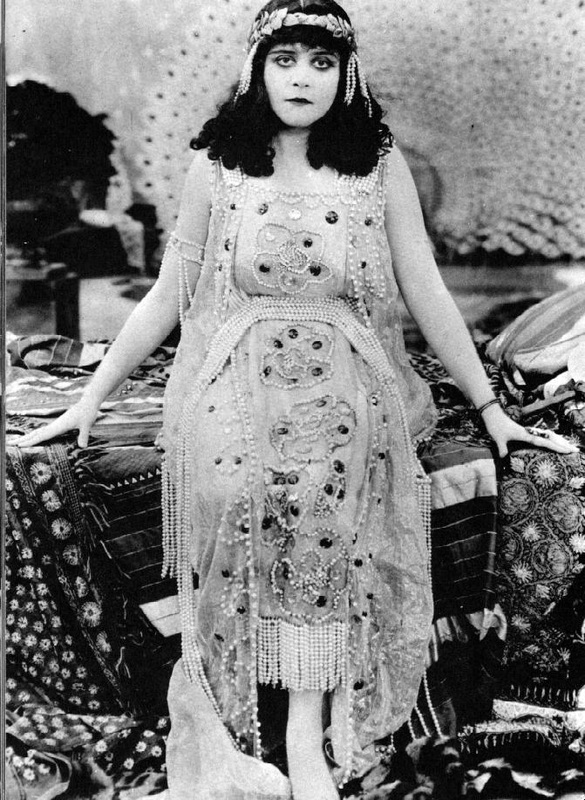
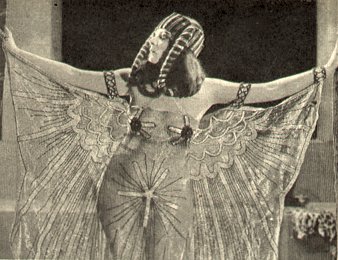
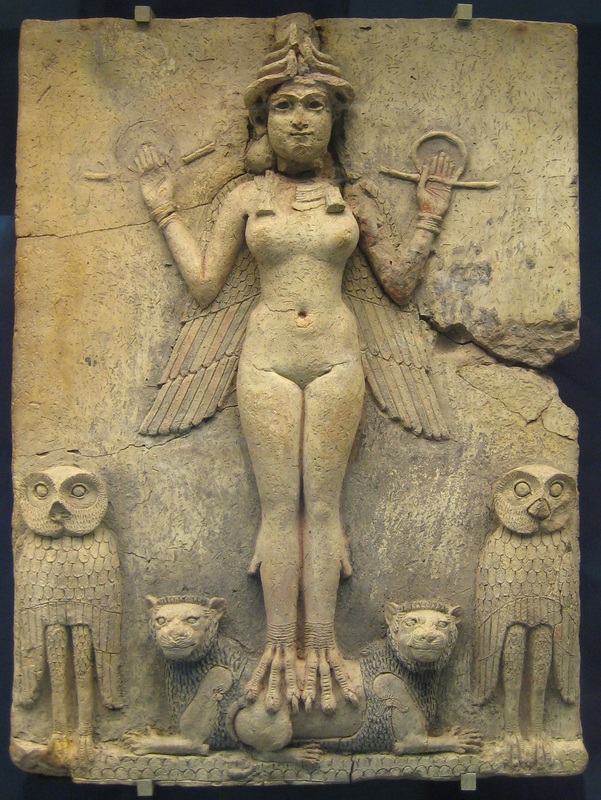
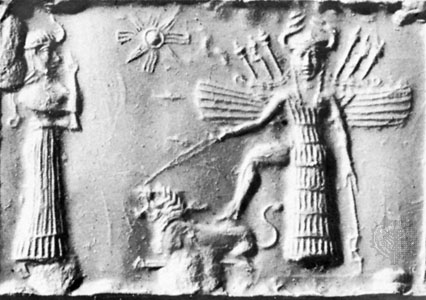
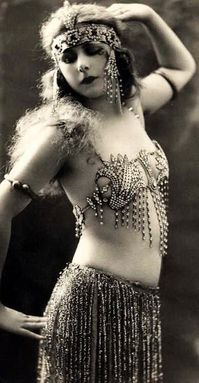
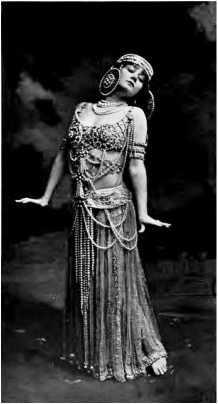
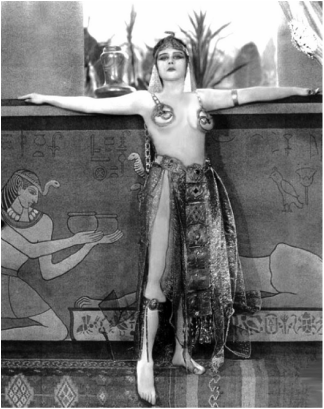
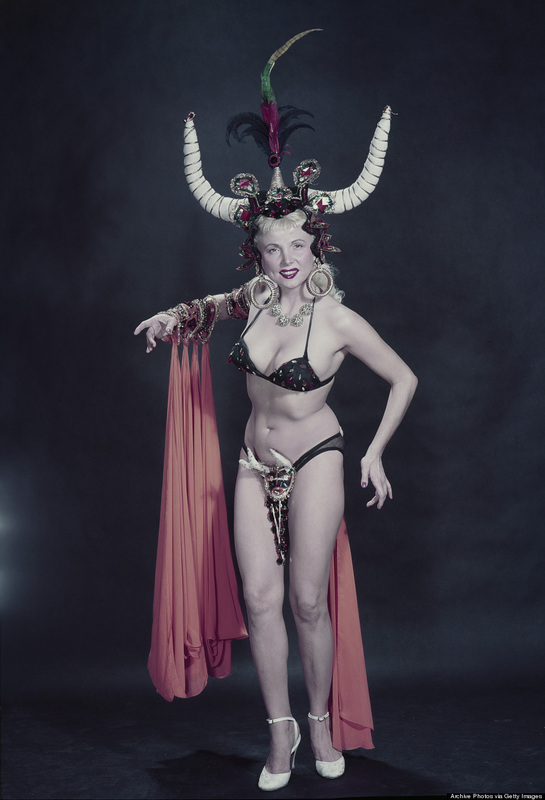
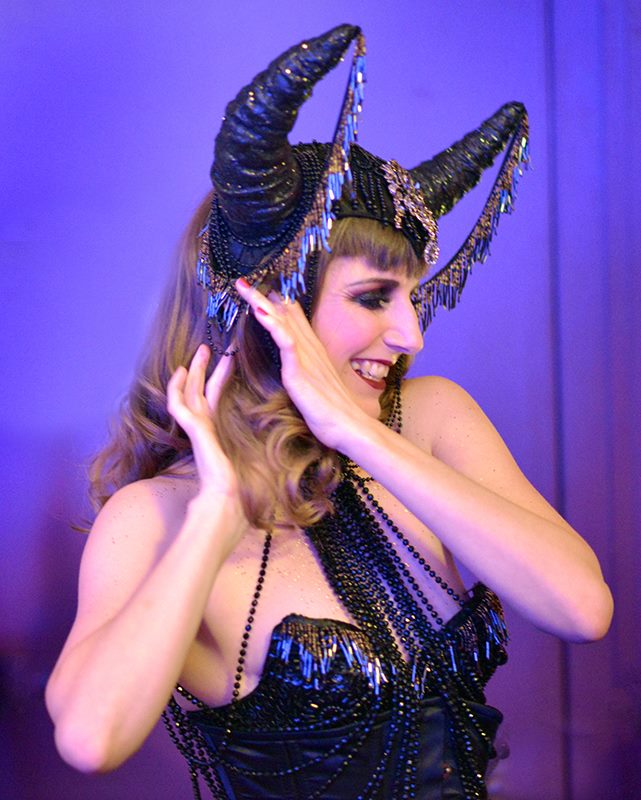
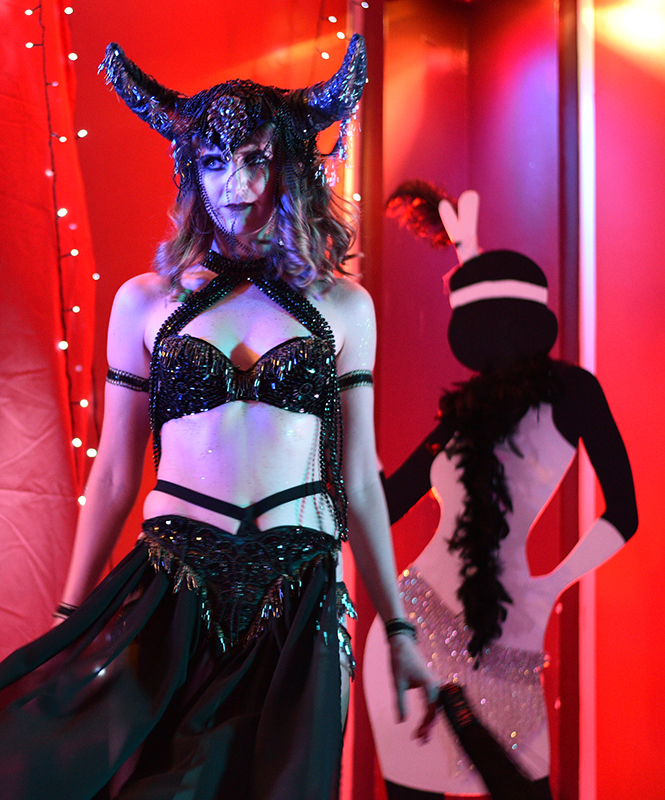
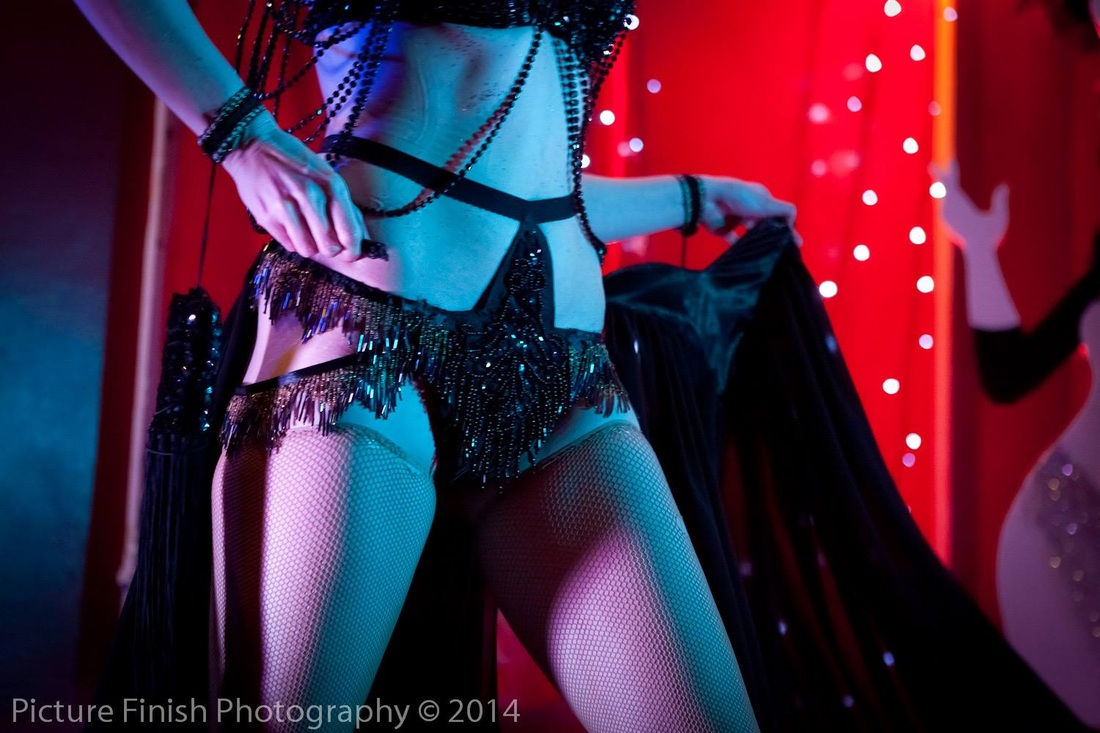
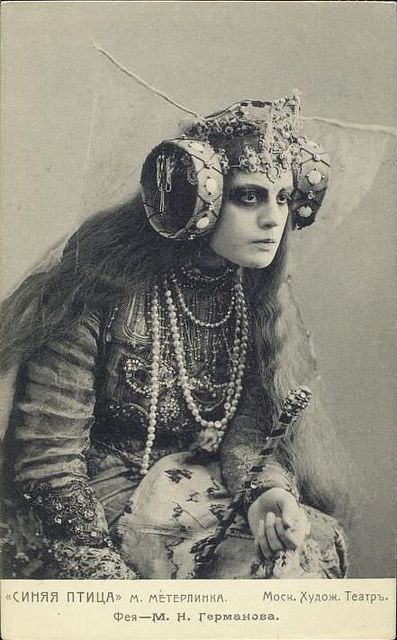
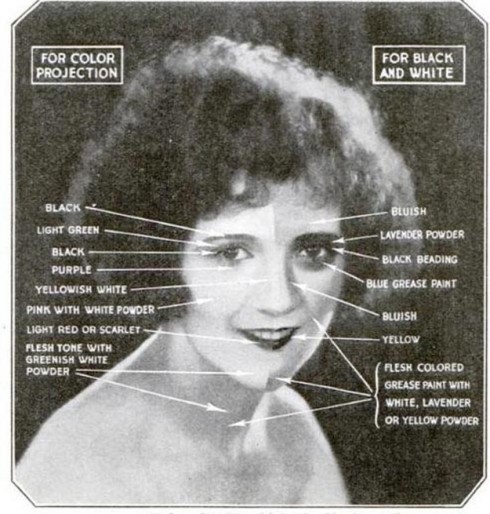
 RSS Feed
RSS Feed
